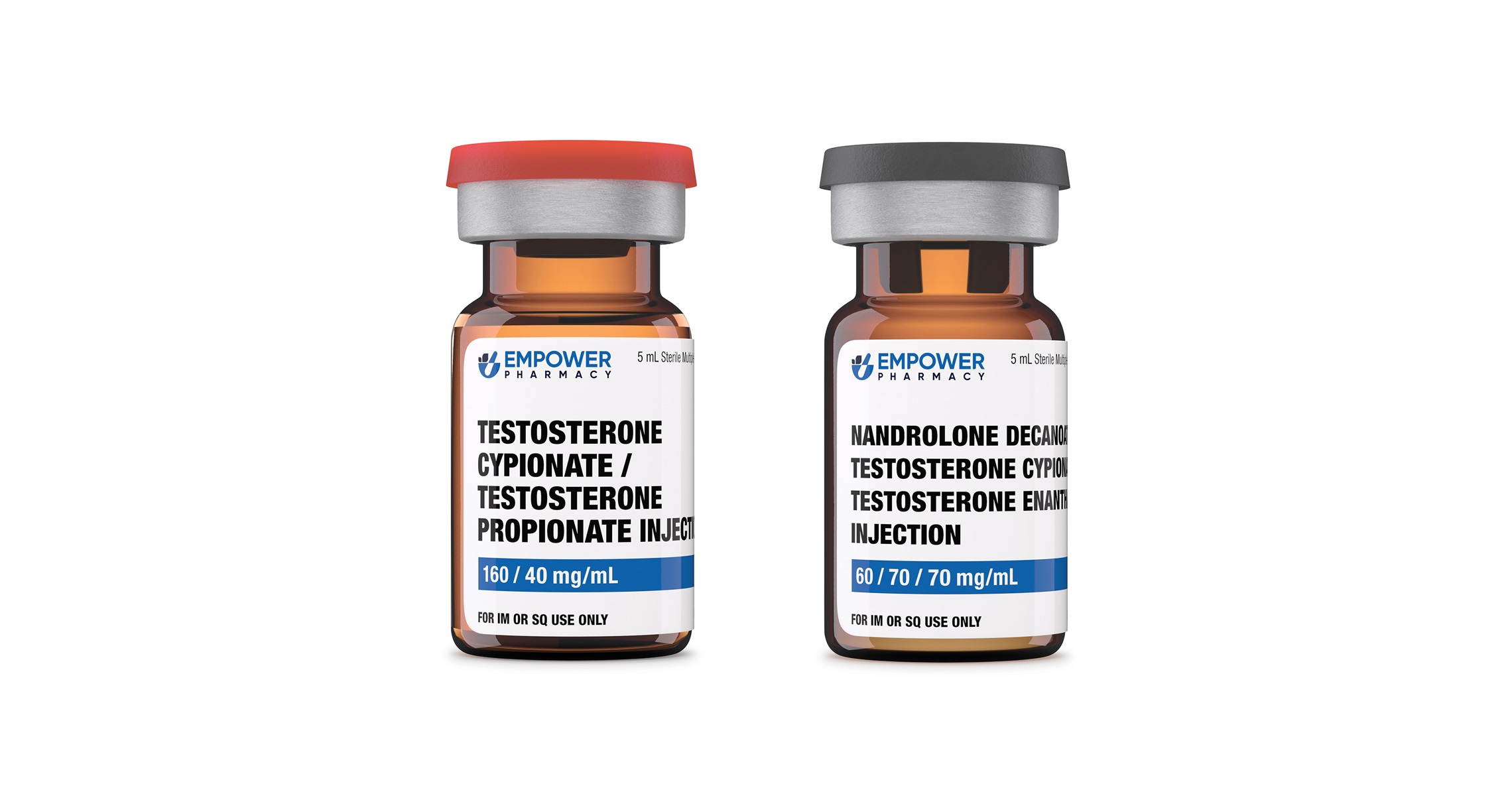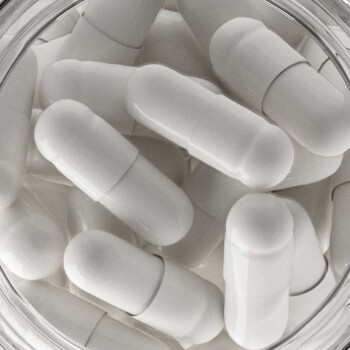Article Summary
Dive into the cutting-edge world of testosterone therapies! Uncover the revolutionary evolution of compounded testosterone ester combinations, tailor-made to suit individual patient needs. Explore how these innovative formulations, available exclusively through compounding pharmacies, are offering personalized solutions, transforming the landscape of hormone replacement therapy.Testosterone Ester Combinations
Current FDA-approved testosterone products for injection are limited to three esters: testosterone cypionate, testosterone enanthate, and testosterone undecanoate.[1] Additional testosterone esters have been prescribed as FDA-approved commercial products over the years but may now only be available through compounding pharmacies.
Interestingly, better treatments were developed for the original indications of long-established testosterone esters, such as testosterone propionate, resulting in the discontinuation of many commercial injectable ester options. Since then, new research has been driving an increase in testosterone prescribing and the progression of patient-specific treatment protocols using those esters, resulting in a need for more options for providers.
Testosterone prescribers rely on compounding pharmacies to access specific esters, including testosterone propionate and combination therapies. There are no FDA-approved injections that use combinations of different esters. This is significant because each testosterone ester is metabolized at a different rate once administered by injection, which is why providers have sought various combination formulas that contain short-, medium– and long-acting esters. Combining multiple esters into a single formulation may result in unique patient responses that may not be achieved with a single testosterone ester.
Having options that include ester combinations is important to providers who require different esters to accommodate specific outcomes, injection protocols, and a patient’s unique needs. The table below shows the half-life of the common testosterone ester injections.
Half-Life of Testosterone Ester Injections
| Testosterone Ester Injection | Half-Life |
| Testosterone cypionate injection | 8 days[2] |
| Testosterone enanthate injection | 7-9 days[3] |
| Testosterone propionate injection | 4.5 days[4] |
| Testosterone undecanoate injection (castor oil) | 34 days[5] |
Compounded Testosterone Ester Combinations
Over a few decades, healthcare providers who specialize in men’s hormone replacement therapies evolved their treatment protocols as more research focus was given to testosterone therapies. Testosterone prescriptions increased, along with the patient insights that providers use to tailor long-term treatment. For instance, some prescribers reported the need to change the ester in a patient to mitigate side effects or to produce a specific outcome. This resulted in the need for more testosterone dosage-form and ester options, including some injectable esters that are only available from a compounding pharmacy.
Compounding not only provided access to certain esters that were no longer available as a commercial product, but it also allowed providers to request testosterone injections that combine more than one testosterone ester to take advantage of their differing half-lives. Having access to short-, medium- and long-metabolizing testosterone injections is important to providers who want to personalize testosterone replacement therapy. Injectable ester options can be part of a greater line of available testosterone dosage forms, such as topical, sublingual, subdermal and intranasal, including combination formulas with other hormones.
Combinations of different esters are often prescribed with specific injection frequencies to produce a specific patient response. For instance, a combination injection of testosterone cypionate and testosterone propionate may increase serum testosterone resulting in a rapid and aggressive peak, followed by a second, delayed peak.
Although there are a few commonly prescribed compounded ester blends, some compounding pharmacies offer unique formulations. Sometimes, the compounded formulation goes beyond testosterone esters to include other androgens as well. One example is a combination of multiple testosterone esters along with nandrolone decanoate.[6] Nandrolone is a synthetic analog of testosterone that is no longer commercially available. Nandrolone decanoate has a half-life of seven to 12 days, relatively comparable to some of the testosterone esters.[7]
Empower Pharmacy offers compounded combination injections such as these, which are listed below. Providers who already work with Empower can talk to their account representative if they are interested in these or other combinations. Providers who are interested in partnering with Empower can contact us about these products and everything else we can offer their practices and their patients.
Testosterone Ester Combination Injections
- Testosterone Injection. MedlinePlus. Updated March 15, 2019. Accessed July 27, 2022. https://medlineplus.gov/druginfo/meds/a614041.html
- Testosterone Cypionate. DrugBank Online. Updated July 26, 2022. Accessed July 27, 2022. https://go.drugbank.com/drugs/DB13943
- Testosterone Enanthate. DrugBank Online. Updated July 26, 2022. Accessed July 27, 2022. https://go.drugbank.com/drugs/DB13944
- Testosterone Propionate. DrugBank Online. Updated July 26, 2022. Accessed July 27, 2022. https://go.drugbank.com/drugs/DB01420
- Testosterone Undecanoate. DrugBank Online. Updated July 26, 2022. Accessed July 27, 2022. https://go.drugbank.com/drugs/DB13946
- Tatem AJ, Holland LC, Kovac J, Beilan JA, Lipshultz LI. Nandrolone decanoate relieves joint pain in hypogonadal men: a novel prospective pilot study and review of the literature. Transl Androl Urol. 2020;9(Suppl 2):S186-S194. doi:10.21037/tau.2019.11.03
- Bagchus WM, Smeets JM, Verheul HA, De Jager-Van Der Veen SM, Port A, Geurts TB. Pharmacokinetic evaluation of three different intramuscular doses of nandrolone decanoate: analysis of serum and urine samples in healthy men. J Clin Endocrinol Metab. 2005;90(5):2624-2630. doi:10.1210/jc.2004-1526




